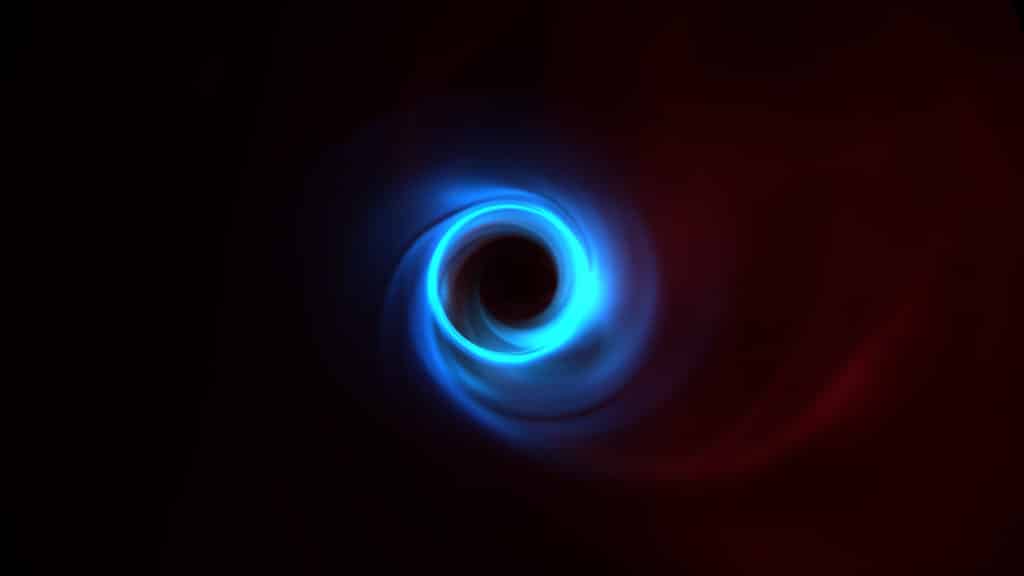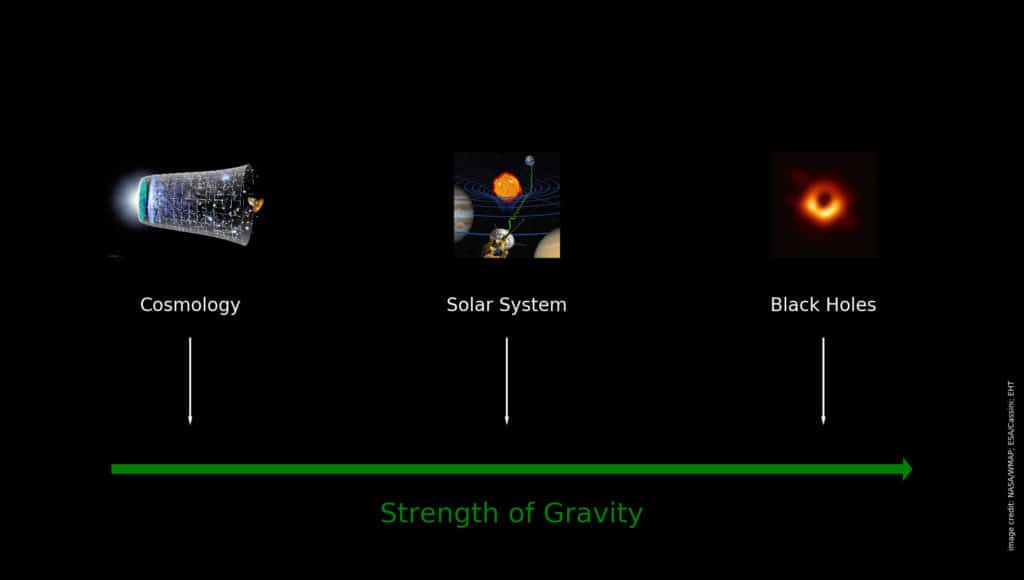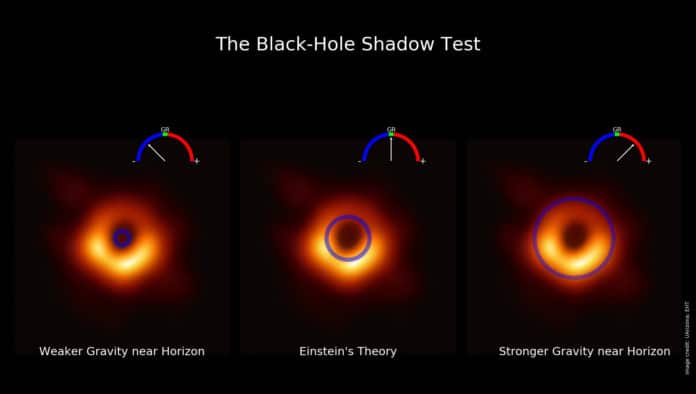Einstein’s theory of general relativity predicted that the space-time around Earth would be warped and twisted by the planet’s rotation. The massive objects distort space-time, which is felt as gravity.
Despite its successes, Einstein’s powerful hypothesis remains mathematically irreconcilable with quantum mechanics. Testing general relativity is significant because a definitive theory of the universe must encompass gravity and quantum mechanics.
A new theory is expected to be different from general relativity, but there are many ways to modify it. According to scientists, whatever the correct theory is, it can’t be significantly different from general relativity when it comes to black holes.
The theory has withstood over 100 years of scrutiny and testing, including the newest test from the Event Horizon Telescope collaboration.
UArizona astrophysics professor Dimitrios Psaltis, who, until recently, was the project scientist of the Event Horizon Telescope collaboration, said, “We squeezed down the space of possible modifications.”
Keiichi Asada, an EHT science council member and an expert on radio observations of black holes for Academia Sinica Institute of Astronomy and Astrophysics, said, “This is a brand-new way to test general relativity using supermassive black holes.”
Scientists performed the test using the first image ever taken of the supermassive black hole at the nearby galaxy M87. The first results had shown that the size of the black-hole shadow was consistent with the size predicted by general relativity.

UArizona Steward Theory Fellow Pierre Christian said, “At that time, we were not able to ask the opposite question: How different can a gravity theory be from general relativity and still be consistent with the shadow size? We wondered if there was anything we could do with these observations to cull some of the alternatives.”
Scientists broadly analyzed many modifications to the theory of general relativity. They aimed to identify the unique characteristic of a theory of gravity that determines the size of a black hole shadow.
In this way, scientists were hoping to pinpoint whether some alternative to general relativity is in agreement with the Event Horizon Telescope observations. They focused on numerous alternatives that had passed all the previous tests in the solar system.
UArizona astrophysics professor Feryal Özel, a senior member of the EHT collaboration, said, “Using the gauge we developed, we showed that the measured size of the black hole shadow in M87 tightens the wiggle room for modifications to Einstein’s theory of general relativity by almost a factor of 500, compared to previous tests in the solar system. Many ways to modify general relativity fail at this new and tighter black hole shadow test.”

Michael Kramer, director of the Max Planck Institute for Radio Astronomy and EHT collaboration, said, “Blackhole images provide a completely new angle for testing Einstein’s theory of general relativity.”
Psaltis said, “Together with gravitational-wave observations, this marks the beginning of a new era in black hole astrophysics.”
Özel said, “Testing the theory of gravity is an ongoing quest: Are the general relativity predictions for various astrophysical objects good enough for astrophysicists to not worry about any potential differences or modifications to general relativity?”
“We always say general relativity passed all tests with flying colors—if I had a dime for every time I heard that.”
“But it is true when you do certain tests, you don’t see that the results deviate from what general relativity predicts. What we’re saying is that while all of that is correct, for the first time, we have a different gauge by which we can do a test that’s 500 times better, and that gauge is the shadow size of a black hole.”
Journal Reference:
- Dimitrios Psaltis et al. Gravitational Test beyond the First Post-Newtonian Order with the Shadow of the M87 Black Hole, Physical Review Letters (2020). DOI: 10.1103/PhysRevLett.125.14110
